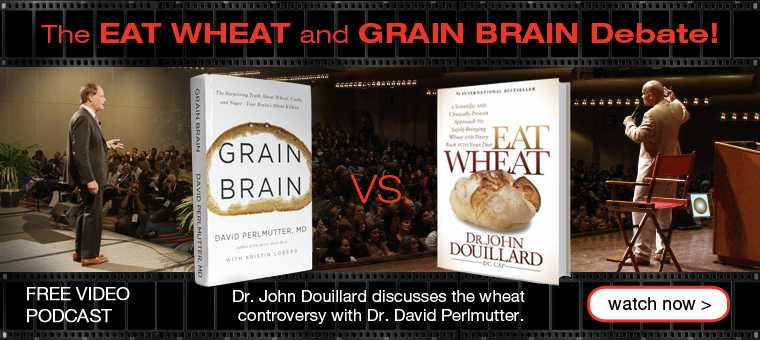- in fitness , guest/interview by julie
Becoming a firebreather with Greg Amundson
Greg Amundson is known as the original firebreather in the CrossFit world. In his new book, Firebreather Fitness, Greg defines a firebreather as one who embraces the trials and tribulations of a great physical challenge and maintains an optimistic energy.
The term firebreather has less to do with the physicality of an athlete, but is more related to his spirit or heart. Both novices and seasoned athletes can embrace the spirit of a firebreather.
In the book, Greg includes exercises with visual representations and written cues. The movement patterns are broken down into four basic sets including:
Open – a full extension of hip and body (example: overhead squat)
Close – at axis of hip (example: crunch)
Push – (example: push up or burpee)
Pull – (example: pull up)
These movements are complementary and can be combined, such as with open and push movements, for example. Greg explains that the movements involve multiple joints and use body weight moving through the same patterns. Elite levels of fitness can be accomplished with just moving our bodies.
Greg also discusses the concept of virtuosity, meaning to do the common uncommonly well. This involves finding one’s self completely aligned and integrated between mind, body, and spirit. Other important concepts include intensity, intention to do one’s best, and consistency. Maintaining fitness is meant to be a lifetime lifestyle. To encourage ongoing forward movement, goal setting can be helpful.
Greg also points out the usefulness of the zone diet. This diet quantifies the food we’re eating in a specific way, which complements the physical exercise. The diet involves sectioning off one’s plate, with a high-quality protein source making up 1/3 (about the size of the palm of your hand) and fruit and vegetable carbohydrates making up the remaining 2/3.
To learn more about Firebreather Fitness, visit www.gregoryamundson.com or www.firebreatherfitness.org.






